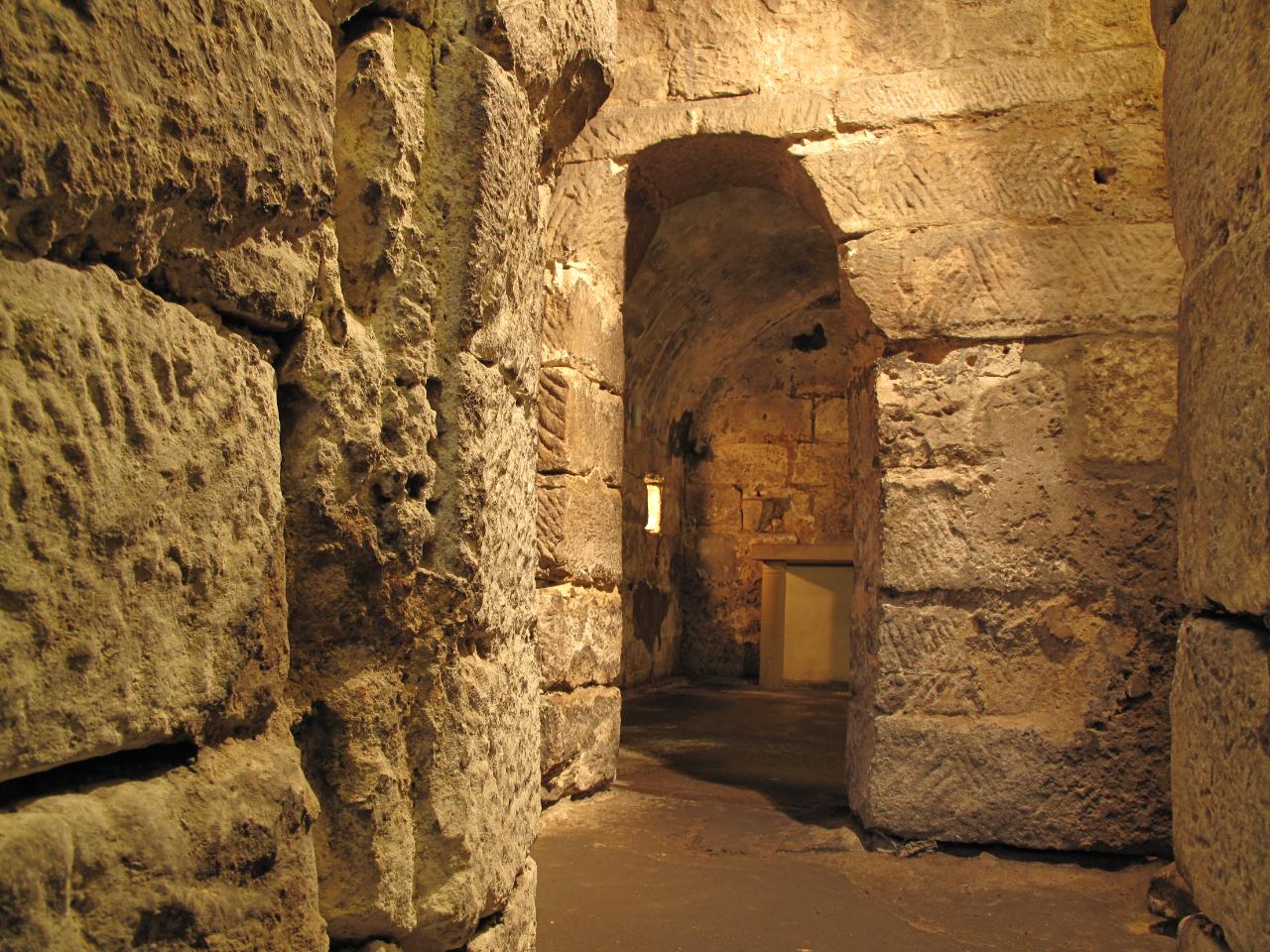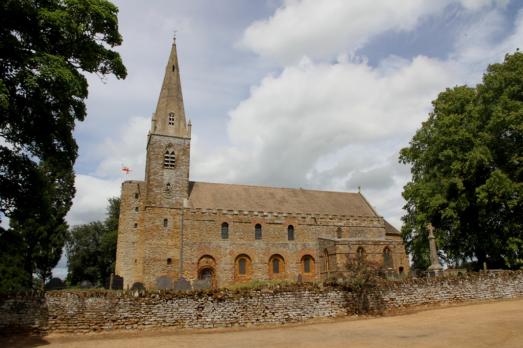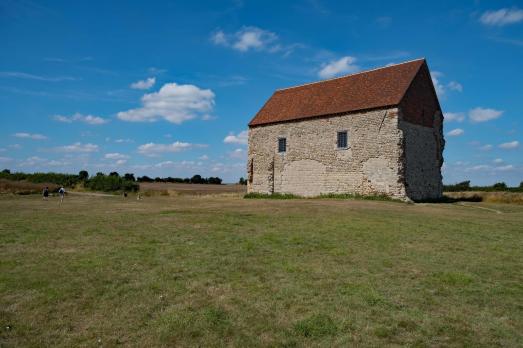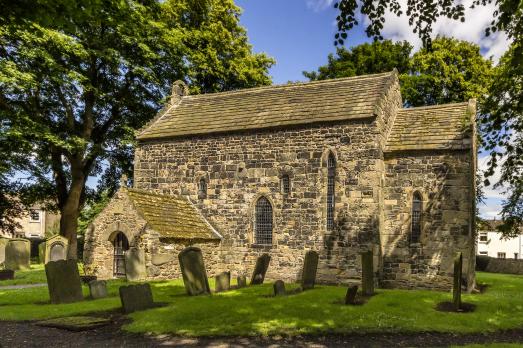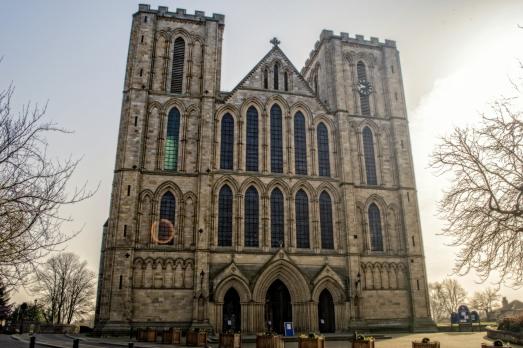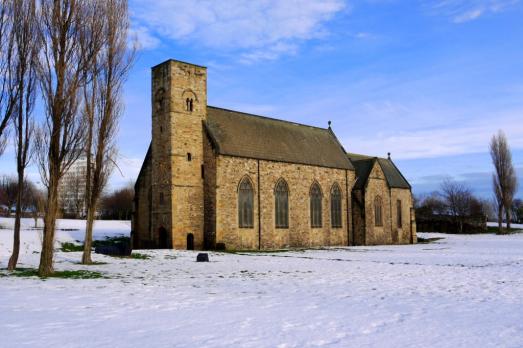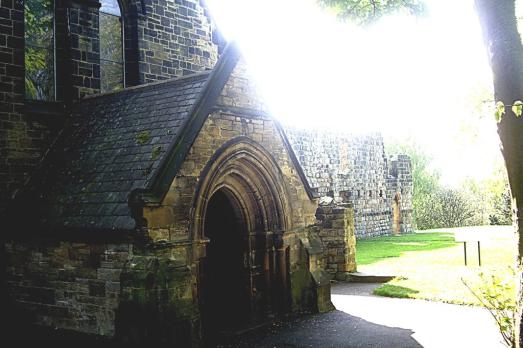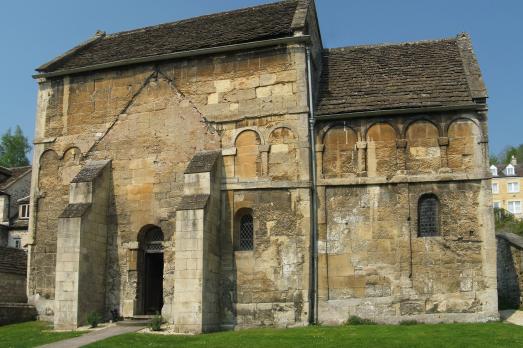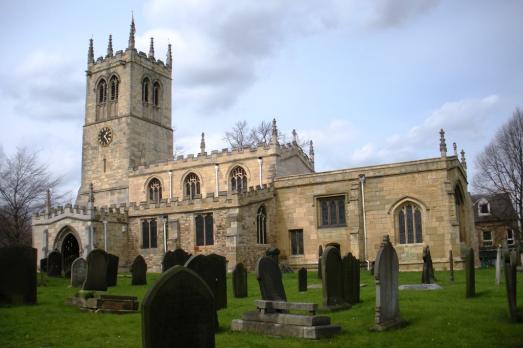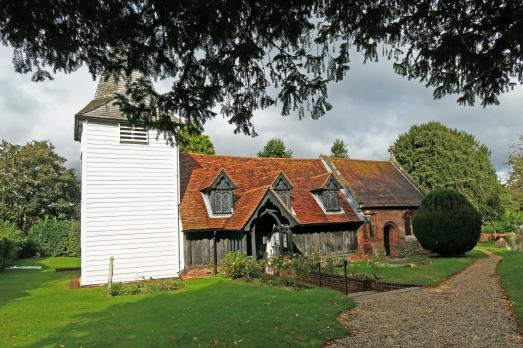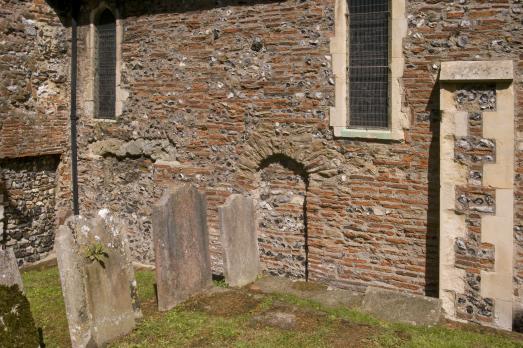
AD 597
St Martin’s is part of the Canterbury world heritage site and is the oldest church in England still being used for its original purpose. It originally functioned as the private chapel of Queen Bertha of Kent, who was a Christian married to pagan King Ethelbert. Much of what you see today is later than this, although you can see Roman brick, taken from nearby Roman sites, in the nave wall, and the remains of a Roman tomb have also been incorporated into the building. This oldest of English churches is an evocative and fascinating place to visit.

